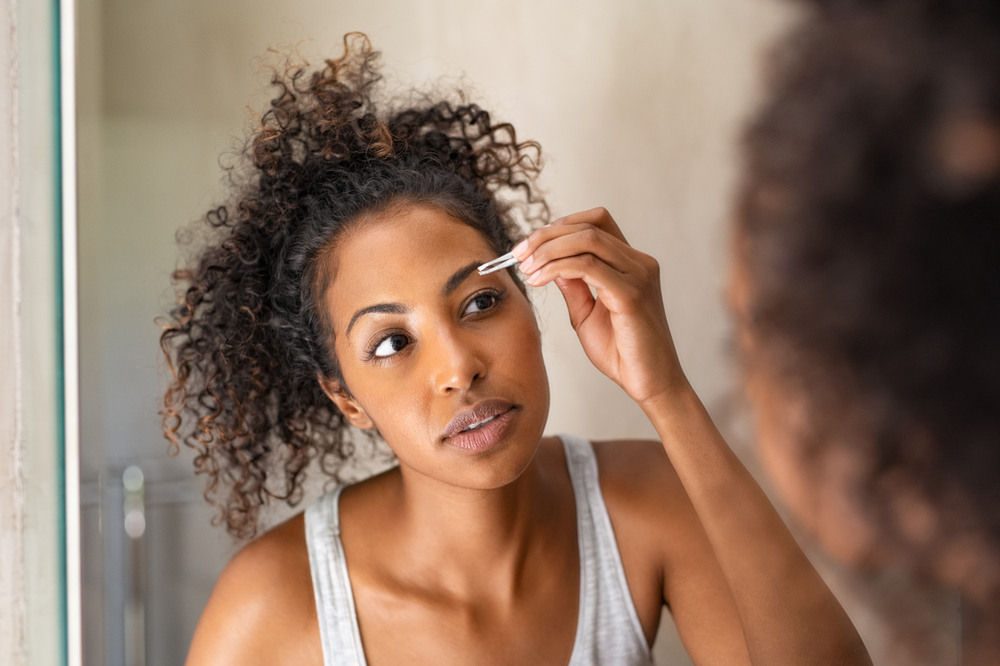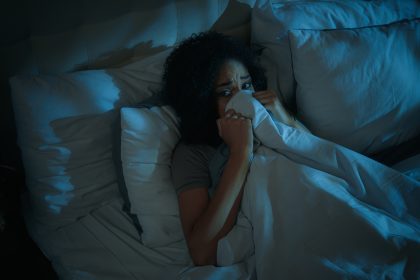For some women, pulling out eyelashes isn’t merely a habit but a manifestation of a complex psychological condition known as trichotillomania. While often misunderstood or dismissed as unusual behavior, this compulsive hair-pulling disorder affects millions, carrying profound emotional and social implications that ripple through daily life.
Understanding trichotillomania
Trichotillomania goes beyond simple habit or nervous tic. This mental health disorder compels individuals to repeatedly pull out their hair, with eyelashes being a common target. The condition typically emerges during adolescence, a period already marked by emotional turbulence and psychological challenges.
The compulsion to pull can feel overwhelming, creating a cycle of momentary relief followed by shame and regret. This pattern often strengthens over time, making it increasingly difficult for women to break free without proper support and understanding.
The psychology behind the pulling
Stress and anxiety often trigger eyelash pulling episodes. During moments of intense emotional pressure, the act of pulling provides a temporary escape or sense of control. This coping mechanism, while destructive, serves as a way to manage overwhelming feelings or situations that seem beyond control.
Perfectionism plays a significant role for many women with trichotillomania. The urge might begin with noticing a single “imperfect” eyelash, leading to compulsive grooming that escalates into pulling. This perfectionist tendency can extend beyond appearance, affecting various aspects of life and creating additional stress.
Impact on daily life and self-image
The visible effects of eyelash pulling create significant social and emotional challenges. Women often experience deep shame about their appearance, leading to social withdrawal and decreased self-esteem. Many resort to elaborate makeup routines or false eyelashes to conceal the evidence of pulling, adding another layer of stress to daily life.
Professional and personal relationships may suffer as women struggle to explain their condition or hide its effects. The fear of judgment or misunderstanding can prevent them from seeking help, creating a cycle of isolation that reinforces the behavior.
Physical and emotional consequences
Regular eyelash pulling can cause physical damage beyond the immediate loss of lashes. Repeated trauma to the follicles may lead to permanent damage, affecting future lash growth. Additionally, the pulling can cause eye irritation, infection risks, and other complications that require medical attention.
The emotional toll often proves even more significant. Women report feelings of helplessness, frustration, and self-directed anger. The inability to control the urge to pull, despite understanding its negative consequences, can lead to depression and anxiety, compounding the original issues that may have triggered the behavior.
Seeking professional help
Professional treatment offers hope for managing trichotillomania. Cognitive-behavioral therapy helps identify trigger patterns and develop alternative coping strategies. Some therapists specialize in habit reversal training, teaching specific techniques to interrupt the pulling cycle and replace it with healthier behaviors.
Medication might play a role in treatment, particularly when anxiety or depression coexist with trichotillomania. However, a comprehensive approach that addresses both the behavioral and emotional aspects of the condition typically proves most effective.
Building a support system
Recovery requires a strong support network. Support groups provide safe spaces for women to share experiences and strategies without judgment. These communities offer understanding that family and friends, despite good intentions, may struggle to provide.
Education becomes crucial for family members and close friends. Understanding trichotillomania as a legitimate mental health condition, rather than a bad habit, helps create an environment of acceptance and support that facilitates recovery.
Moving toward recovery
Recovery from trichotillomania typically follows a non-linear path. Progress might include periods of success followed by setbacks, particularly during times of stress. Accepting this pattern as normal helps women maintain hope and continue their healing journey despite temporary setbacks.
Developing healthy coping mechanisms becomes essential for long-term management. Mindfulness practices, stress-reduction techniques, and regular exercise can help regulate emotions and reduce pulling urges. Building these new habits takes time and patience, but their cumulative effect supports lasting recovery.
The journey to overcome eyelash pulling requires courage, persistence, and support. With increased awareness and understanding, more women can find the help they need to break free from this challenging condition and rebuild their confidence and self-image.
This story was created using AI technology.
















